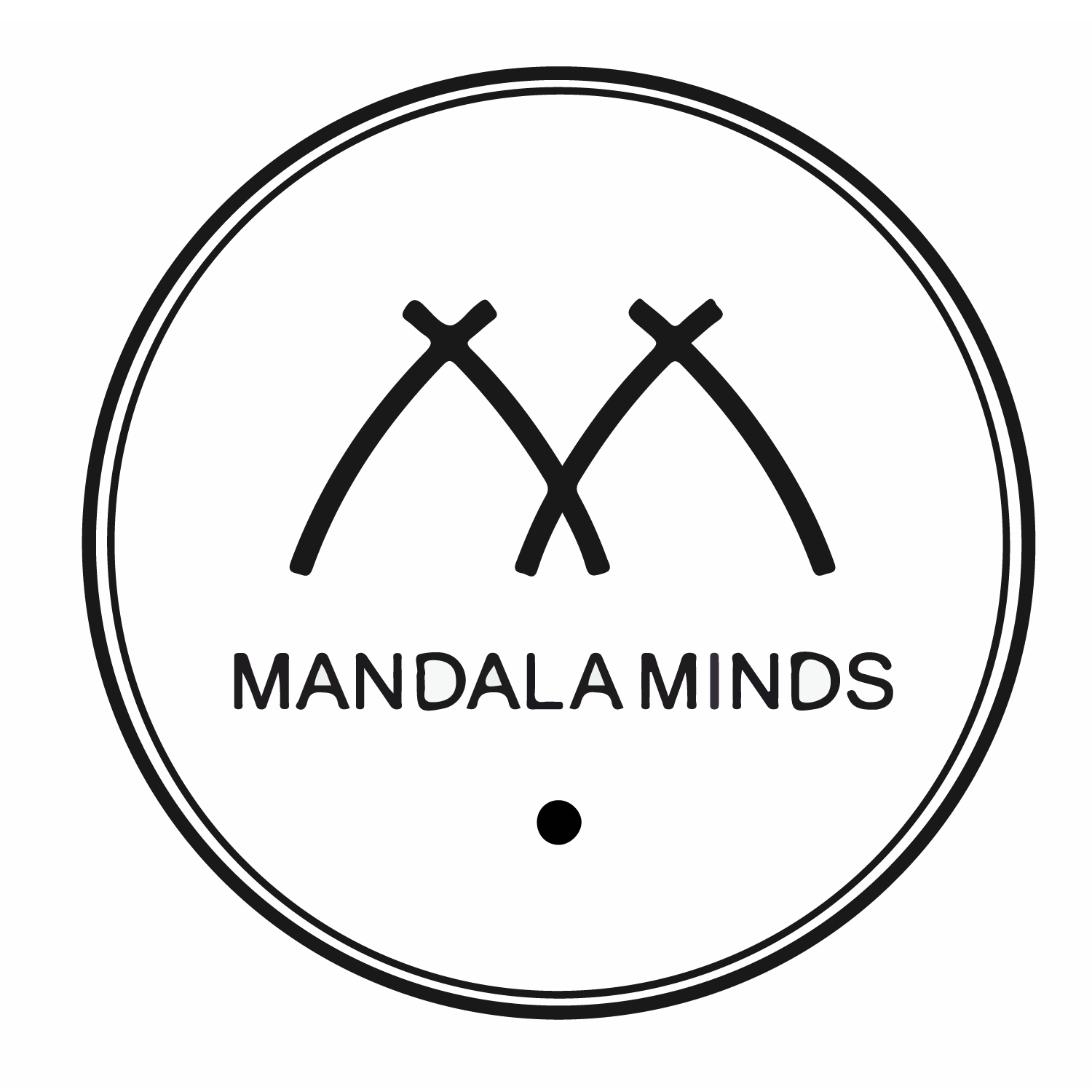Create Stunning Circle Art & Geometric Designs

Create Stunning Circle Art & Geometric Designs

I'm Helen, a qualified teacher and passionate Mandala artist. My journey of self-discovery through Asia led me to create Mandala Art drawing templates and offer creative workshops for both beginners and experienced artists.
Reconnecting with meditation sparked my creativity, inspiring me to explore drawing techniques and the profound world of Mandalas. As I immersed myself in creating these intricate designs, I recognised their power to provide inner peace. This experience birthed Mandala Minds, a unique blend of Mandala art, creativity, and mindfulness.
Introduction to Mandalas
Benefits
Understanding the Thirty-two point Mandala structure
The significance of Ellipse shape
Mindfulness practice
How to use the Mandala Art Maker
Add colour
Showcase and share
Next steps
Materials: We recommend using STAEDLER HB pencil, Noris Club 127 colouring pencils 144, metal sharpner and eraser.
Mandalas (Sanskrit for ‘Sacred circle’) are mesmerising images comprised of repeating geometric shapes and patterns. Designed to represent the cosmos and infinity, they have traditionally been used as a meditation aid within Buddhism. Both the ritual of creating mandala art and contemplation of a finished piece can bring about deep feelings of healing and peace.

Drawing mandalas offers numerous benefits for mental and emotional well-being. This practice reduces anxiety, promotes mindfulness, and provides stress relief. It serves as a form of emotional expression and self-reflection, encouraging creativity without pressure. Spiritually, mandalas foster a sense of connection and wholeness, contributing to overall personal growth and well-being.

The Thirty-Two Point Mandala begins with a circle that is divided into thirty two equal parts. This division creates thirty two points around the circumference of the circle, which serve as the foundation for the mandala's symmetry and design.
The precise, geometric nature of the Thirty Two-Point Mandala structure makes it a powerful tool for focusing the mind and creating visually striking designs.

Mandala Art Maker Ellipse 1 - sixteen-point Mandala
The ellipse oval shape, often seen as a stretched-out circle, holds significant symbolism in various contexts. In geometry, it symbolises a continuous, smooth curve defined by two focal points, representing ideas of equilibrium and unity. In a spiritual sense, the ellipse represents eternity and the cyclical aspect of life, similar to the oval shape.
The Ellipse signifies oneness, completeness, and the sacred feminine, often linked to the act of creation and nurturing. The curved boundaries of an ellipse convey a feeling of wholeness and interconnectedness, highlighting the continuous movement of energy and existence. Throughout history, it has been utilised in art and architecture to denote security and continuity, underscoring its significance as a potent symbol in cultural and spiritual traditions.

Oval shapes
Find a comfortable position: Sit or in a comfortable position, with your back straight and your eyes closed.
Focus on your breathing: Take slow, deep breaths, paying attention to the rise and fall of your chest. Let your breath flow naturally without trying to control it.
Visualise a calming scene: Imagine a peaceful place, such as a beach, a forest, or a mountain meadow. Visualize the sights, sounds, and smells of this place, creating a sense of calm and relaxation.
Focus on the present moment: Become aware of your body and the sensations you are experiencing. Notice the feeling of your breath, the warmth of the air on your skin, and the sound of your surroundings.
Let go of thoughts: If thoughts enter your mind, gently acknowledge them and then let them go. Focus your attention back on your breathing and the present moment.
End the meditation: After a few minutes, slowly open your eyes and take a few deep breaths. Stretch your body and begin your drawing.

Place the Manala Art Maker scratchy side up.
Hold the Madala Art Maker steady. You could use a bit of masking tape to tape it to your paper at the top and bottom of the outer rim to stop it from moving when you draw.
Place your pencil inside the inner oval shape and follow it around.
Move the inner oval shape to the fourth mark on the outer segment of the Mandala Maker..
Repeat until you reach thrity-two points
32-Point Mandala Maker video tutorial
At this stage, play around with colours to discover what resonates with you for your mandala. Experiment with different combinations and trust your instincts as this process can reveal personal preferences and enhance your creative expression. Alternatively, follow our colour combination of purple and green.
I'm excited to see what you've created in our online tutorial! To make it easier for us to share your work with everyone, please send your creations to my email at hgmandalaminds@gmail.com. Once I have them, I'll post them on our platforms and in our gallery for everyone to see and admire.
Let’s celebrate our achievements together and inspire each other with our creativity!

Mandala maker process art work
Thank you for joining our introductory Mandala class! We hope you've enjoyed exploring the meditative and creative process of creating Mandalas. As you continue your creative journey, remember to explore our website for additional resources exclusive offers. We're committed to helping you grow your skills and connect with a vibrant community of mandala enthusiasts.